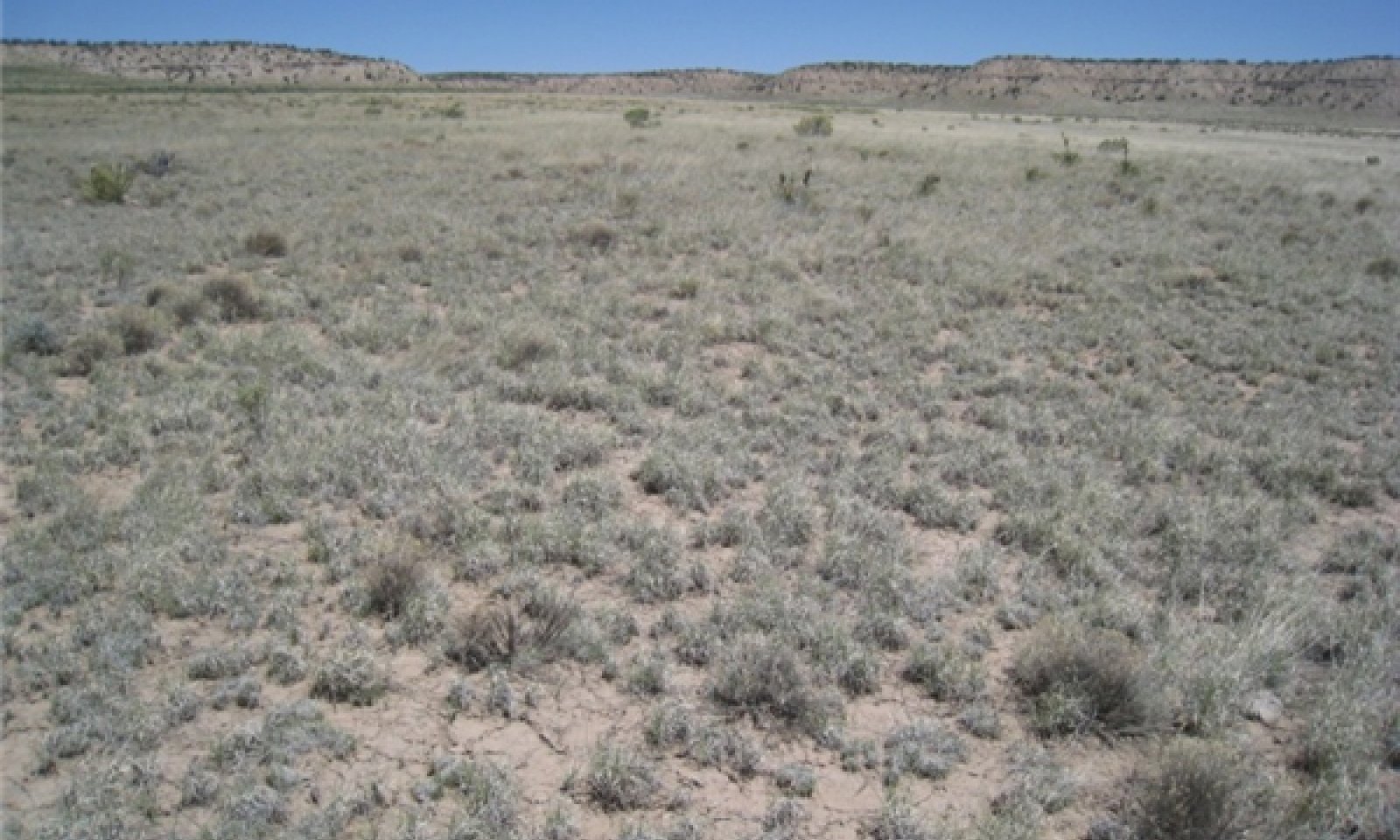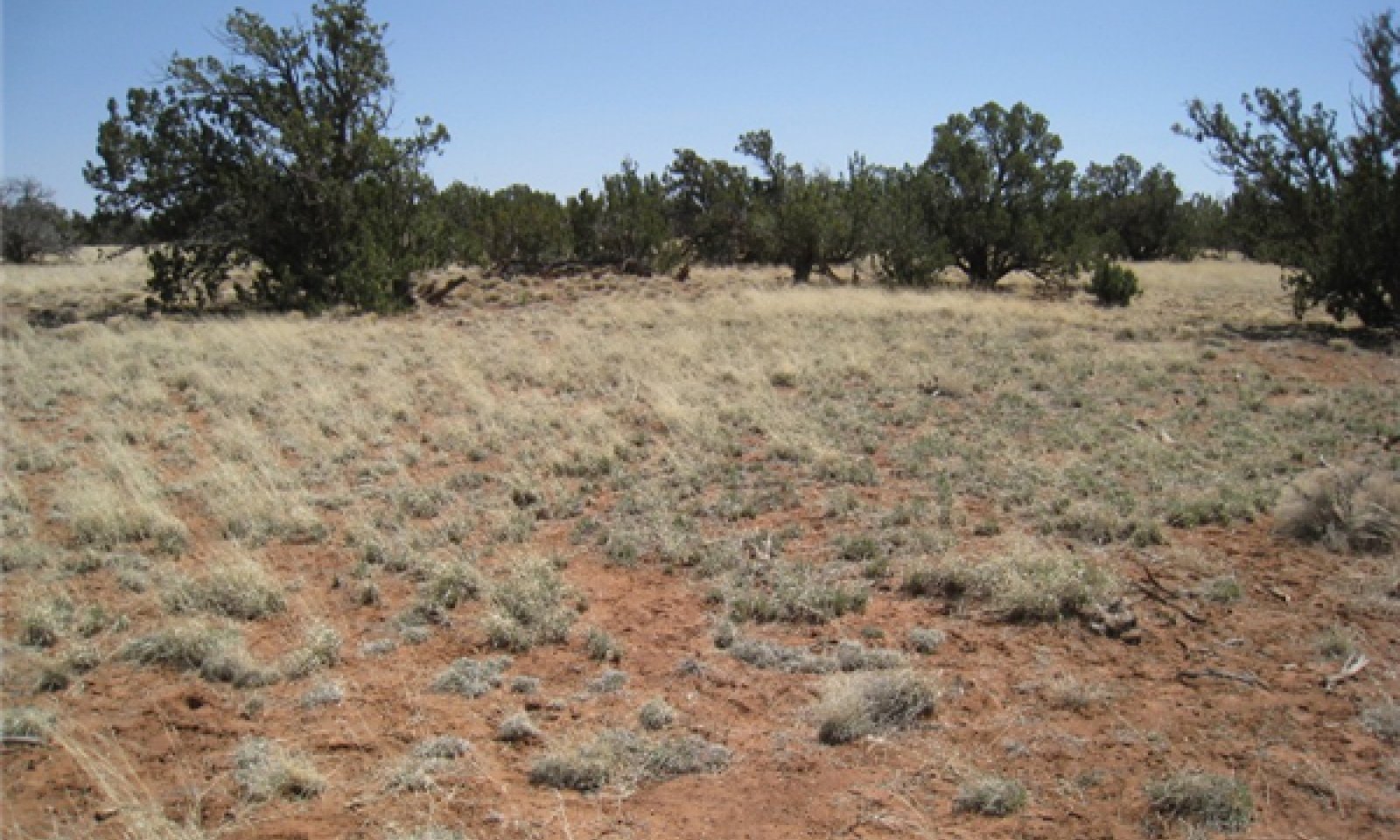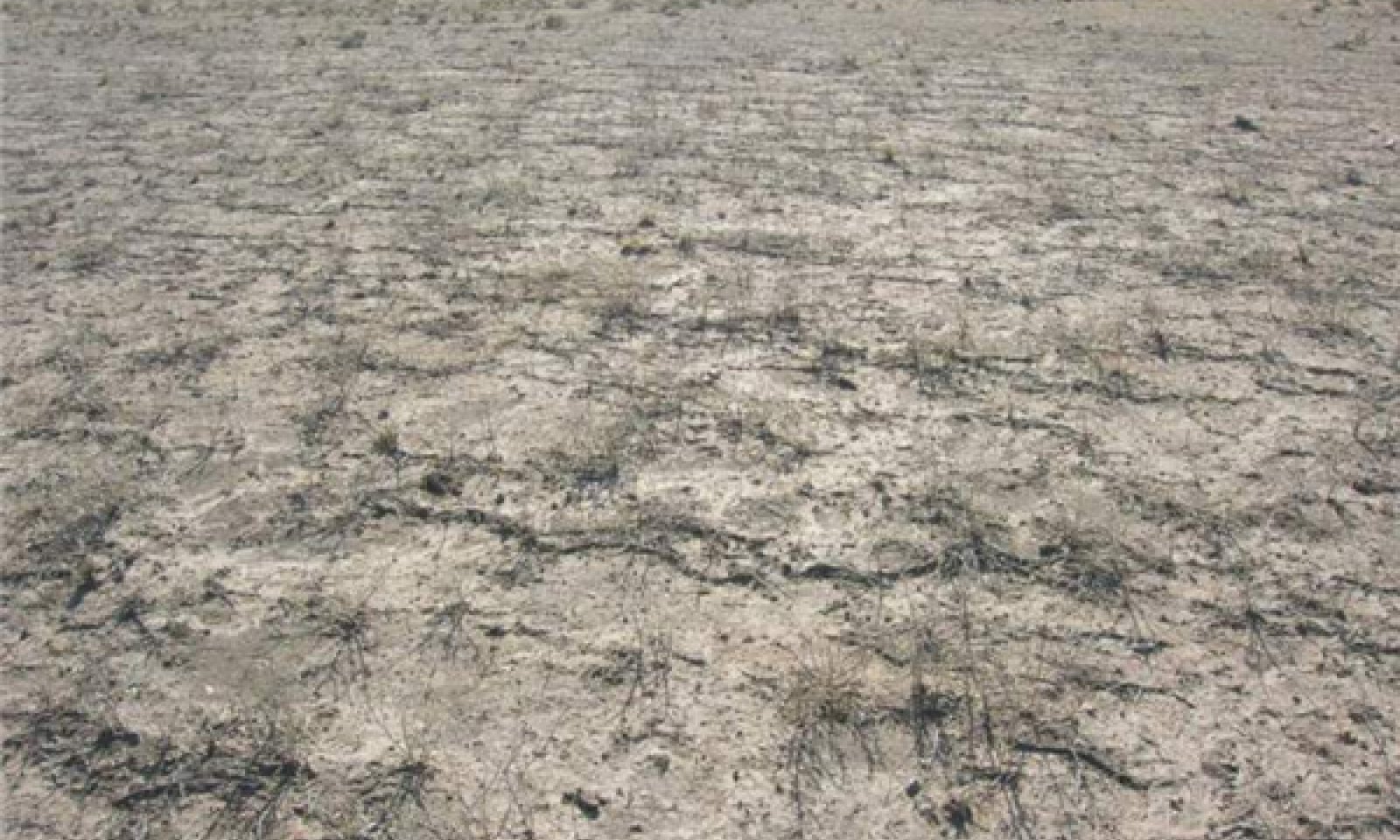
Loamy Upland 10-14" p.z.
Scenario model
Current ecosystem state
Select a state
Management practices/drivers
Select a transition or restoration pathway
- Transition T1A More details
- Transition T1B More details
- Restoration pathway 2A More details
- Transition 2A More details
-
No transition or restoration pathway between the selected states has been described
Target ecosystem state
Select a state
Description
The reference state includes the Historic Climax Plant Community (HCPC). The HCPC plant community is a pernnial native grassland with warm season and cool season grasses and half-shrubs. Natural climatic variation can result in changes in the amount of and ratio of both individual plants and warm season versus cool season plants, particularly grasses.
Submodel
State 2
Juniper Overstory State



Description
In this state the plant communities are characterized by a dominance of juniper and other woody species. Juniper has increased due to lack of fire/exclusion along with unmanaged grazing and available seed source for juniper. The overstory canopy of juniper is typically over 10 percent and can range up to 25 percent. The understory is dominanted by either grasses and/or shrubs with increased forbs.
Submodel
Description
This state has a mix of forbs, shrubs and grasses, but can be degraded to a mixed annual plant community. Dominant shrubs are Greene's rabbitbrush and snakeweed with scattered cacti and yucca. Grasses are a mix of perennial warm season and annuals, while forbs are dominated by annual natives and exotics. Annual forb composition can range from 20 to 60 percent with a sharp decline in perennial herbacous composition.
Submodel
Mechanism
Increase of Juniper and woody species, due to lack of fire, unmanaged grazing and proximity to seed source and along with favorable precipition.
Mechanism
Unmanaged grazing, drought, other surface disturbance and establishment/ seed source of invasive species. Lack of herbaceous perennial cover with increased bare ground.
Mechanism
Juniper removal thru woody species control/prescribed burning, herbaceous species reseeding and grazing management.
Relevant conservation practices
| Practice | External resources |
|---|---|
|
Brush Management |
|
|
Grazing Land Mechanical Treatment |
|
|
Range Planting |
|
|
Vegetated Treatment Area |
|
|
Prescribed Grazing |
Model keys
Briefcase
Add ecological sites and Major Land Resource Areas to your briefcase by clicking on the briefcase (![]() ) icon wherever it occurs. Drag and drop items to reorder. Cookies are used to store briefcase items between browsing sessions. Because of this, the number of items that can be added to your briefcase is limited, and briefcase items added on one device and browser cannot be accessed from another device or browser. Users who do not wish to place cookies on their devices should not use the briefcase tool. Briefcase cookies serve no other purpose than described here and are deleted whenever browsing history is cleared.
) icon wherever it occurs. Drag and drop items to reorder. Cookies are used to store briefcase items between browsing sessions. Because of this, the number of items that can be added to your briefcase is limited, and briefcase items added on one device and browser cannot be accessed from another device or browser. Users who do not wish to place cookies on their devices should not use the briefcase tool. Briefcase cookies serve no other purpose than described here and are deleted whenever browsing history is cleared.
Ecological sites
Major Land Resource Areas
The Ecosystem Dynamics Interpretive Tool is an information system framework developed by the USDA-ARS Jornada Experimental Range, USDA Natural Resources Conservation Service, and New Mexico State University.





